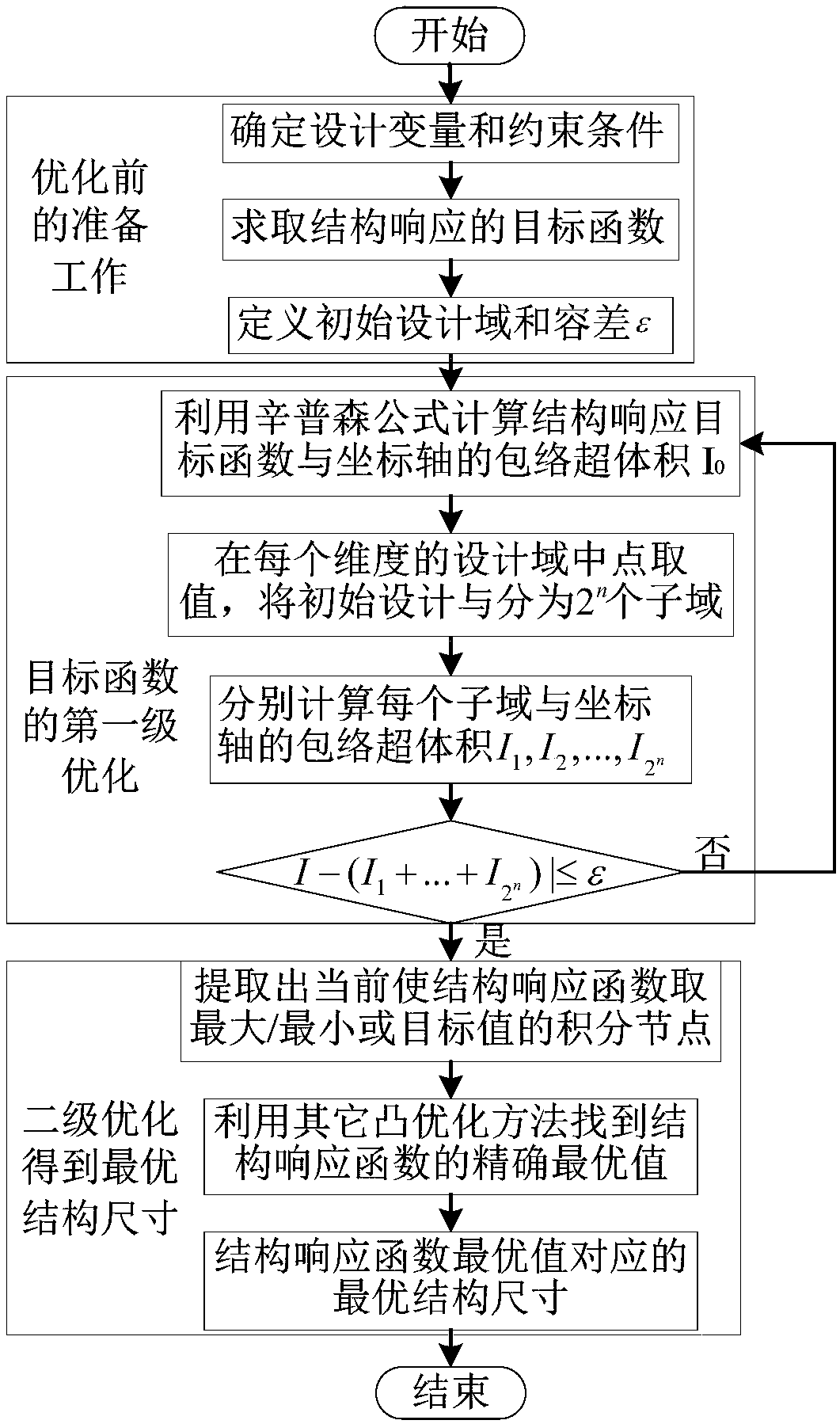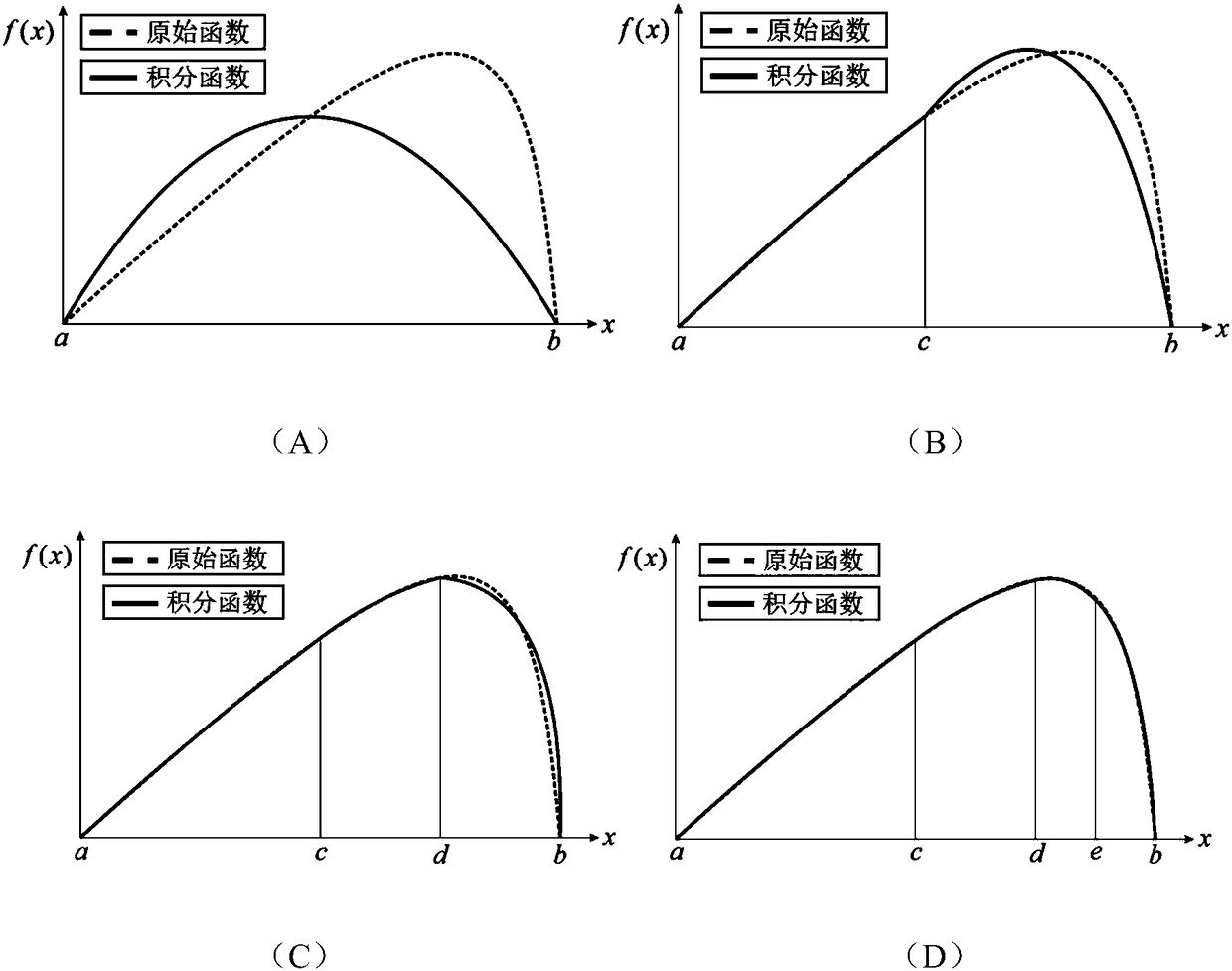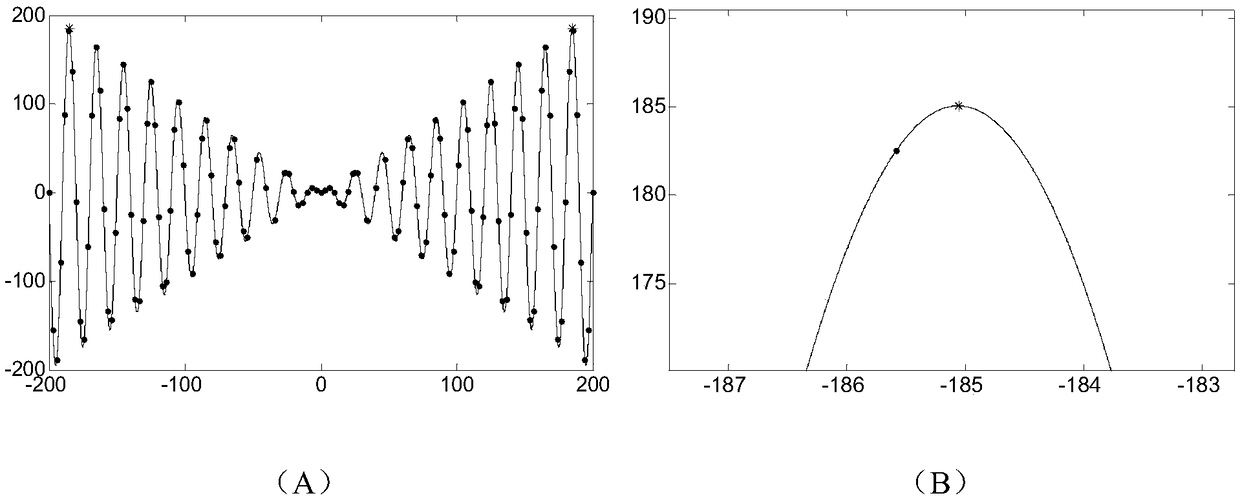A Method for Determining Optimal Structure Size Based on Hypervolume Iterative Global Optimization Algorithm
A global optimization and structural size technology, applied in multi-objective optimization, design optimization/simulation, calculation, etc., can solve problems such as computational efficiency is not as good as exhaustive method, algorithm is premature, etc.
- Summary
- Abstract
- Description
- Claims
- Application Information
AI Technical Summary
Problems solved by technology
Method used
Image
Examples
Embodiment 1
[0048] In order to understand the characteristics of the invention and its ability to solve the global optimization problem of structure size more fully, the present invention is used for such as Figure 5 A typical structural response function is shown for finding the global optimum. The names of the methods compared with the present invention are shown in Table 3, and the object to be compared is the number of times the target response function is called during the optimization process, which is also a commonly used index. The properties of the target response function are shown in Table 4. The obtained results are shown in Table 1 and Table 2.
[0049] Table 1 is the number of times that the present invention and other methods carry out global optimization call function to typical structure response function
[0050]
PIJ
BAT
STR
ZIL
GA
TRUST
IA
HVI
Fcn.1
462
120
45
33
220
19
---
209.7
Fcn.2
...
Embodiment 2
[0060] trigger mechanism such as Figure 6 As shown, the A end is the fixed support end. It is known that L=5cm, δ=1mm, ω 0 =1000Hz, the elastic modulus of the structural material E=210GPa, and the bulk density is 7800Kg / m 3 ; Member cross-sections are all squares of a×a. Now it is necessary to optimize the side length of the cross-section of the trigger mechanism so that when the excitation amplitude exceeds 5N, the B terminal just contacts the support and turns on the circuit switch.
[0061] First, the target structure is discretized using the finite element method, such as Figure 7 shown. Through the method proposed by the present invention, the optimal cross-section side length of the trigger mechanism is obtained to be 1.61mm. The method of the present invention calls the target response function for 37 times, while using a global optimization algorithm such as a genetic algorithm needs to call the target response 110 times to obtain the global optimal value, which...
PUM
 Login to View More
Login to View More Abstract
Description
Claims
Application Information
 Login to View More
Login to View More - R&D
- Intellectual Property
- Life Sciences
- Materials
- Tech Scout
- Unparalleled Data Quality
- Higher Quality Content
- 60% Fewer Hallucinations
Browse by: Latest US Patents, China's latest patents, Technical Efficacy Thesaurus, Application Domain, Technology Topic, Popular Technical Reports.
© 2025 PatSnap. All rights reserved.Legal|Privacy policy|Modern Slavery Act Transparency Statement|Sitemap|About US| Contact US: help@patsnap.com



